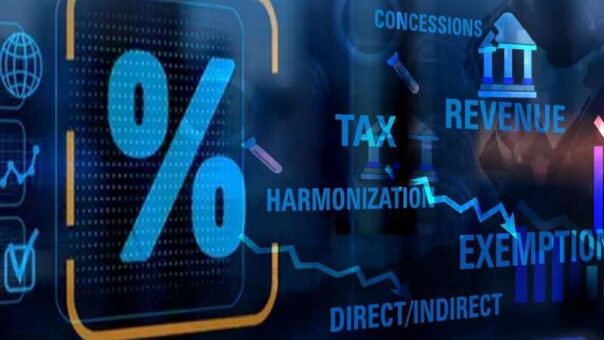The Income Tax Ordinance, 2001 has undergone significant revisions through the enactment of new Tax Laws (Amendment) Act, 2024.
These amendments aim to streamline processes, clarify jurisdictional capacities, and adjust procedural timelines within the tax appeal framework. Here’s an in-depth look at the major changes:
1. Revision by the Commissioner [Section 122A]
Section 122A now includes a pecuniary limit of Rs 20 million for assessments that can be appealed before the Commissioner (Appeals). This revision affects the Commissioner’s ability to revise orders made by any Officer of Inland Revenue, ensuring that higher value cases are directly managed at a more senior level, thus possibly increasing the efficiency and quality of oversight in significant cases.
2. Assessment Effect Post-Order [Section 124]
While the time limits for passing appeal effects remain unchanged, Section 124 aligns with the new pecuniary limits. This ensures that only appeals that fall under the threshold of Rs 20 million are handled by the Commissioner (Appeals), streamlining the process and potentially reducing the workload on appellate authorities.
3. Pecuniary Jurisdiction in Appeals [Section 126A]
A new section, 126A, defines the pecuniary jurisdictions for appeals: appeals concerning assessments or refunds up to Rs 20 million go to the Commissioner (Appeals), and those above this threshold go directly to the Appellate Tribunal Inland Revenue. This categorization aids in the distribution of cases according to the fiscal value, potentially improving the management and adjudication speed.
4. Appellate Tribunal [Section 130]
The revised Section 130 establishes a more structured Appellate Tribunal Inland Revenue with defined roles, appointment criteria, and powers. Key updates include eligibility criteria for members, their appointment, tenure, and the procedural frameworks they must follow. These changes are designed to enhance the tribunal’s effectiveness and ensure that members possess the requisite legal and financial acumen.
5. Appeal to the Appellate Tribunal [Section 131]
Significant revisions in the appeal process include reduced timelines (30 days to file an appeal versus the previous 60 days) and an increase in filing fees, reflecting an effort to discourage frivolous appeals and cover administrative costs more effectively. Additionally, the Tribunal’s power to enforce tax payment unless recovery has been stayed speaks to an intent to streamline tax recovery.
6. Disposal of Appeals by the Appellate Tribunal [Section 132]
This section mandates that the Tribunal decides appeals within 90 days, a reduction from the previous 180 days. This change aims to reduce case backlog and enforce a more rigorous schedule for tax dispute resolutions.
7. Reference to High Court [Section 133]
Modifications here streamline the process of escalating appeals to the High Court. The timeline to file a reference has been shortened to 30 days from the communication of the Tribunal’s order, and a new case management system is expected to expedite the processing of these references.
8. Alternative Dispute Resolution [Section 134A]
This revised section provides a more accessible avenue for resolving disputes through Alternative Dispute Resolution (ADR), adjusting the tax liability threshold from Rs 100 million to Rs 50 million. The process has been streamlined to encourage quicker resolutions and reduce the burden on judicial systems.
The 2024 amendments to the Income Tax Ordinance present a strategic overhaul aimed at making tax administration more efficient and responsive. By adjusting financial thresholds, refining procedural timelines, and clarifying roles and jurisdictions, these changes are poised to significantly impact how tax disputes are managed and resolved in the country. Taxpayers and professionals should acquaint themselves with these revisions to navigate the tax landscape effectively.
